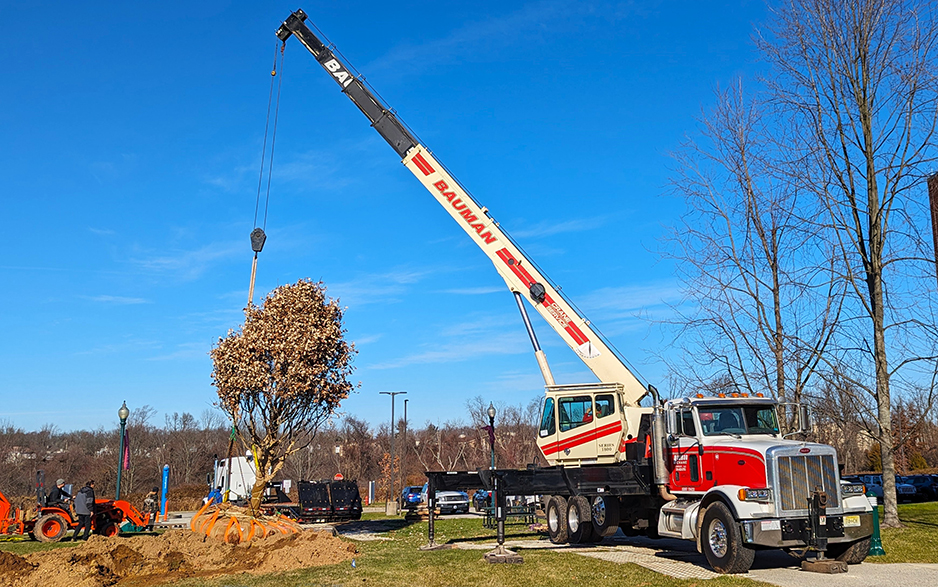As you walk through the gardens in the Ambler Arboretum each season this year you will notice changes and improvements everywhere, according to Ambler Arboretum Director Kathy Salisbury.
“This spring we are planning to begin the revitalization of two gardens heavily damaged by the tornado, the Woodland Garden and the Sustainable Wetland Garden, as well as installing a new Food Forest that will be created in part of the area where Cottage Hall used to be,” she said. “These are just the beginning of installations of new garden spaces throughout the Arboretum that will help us tell our stories, inspire sustainability and connection to place and create a more enjoyable experience for our community.”
During the winter, Salisbury said, horticulture staff are “putting together plant lists and planting plans with planting commencing in the spring.”
“One project that was completed before the end of the year was the hedge renovation project in the Formal Gardens. The severely deer-damaged Eastern Arborvitae (Thuja occidentalis) and the Leyland Cypress (xCuprocyparis leylandii) that once divided the gardens have been replaced with Oriental Arborvitaes (Platycladus orientalis 'Elegantissima'),” she said. “These trees were selected for their suitability for this application including ultimate height, width, cultural needs and deer resistance. So far so good on the deer resistance — our horticulture staff noticed deer hoof prints all around the new plantings but saw no signs of deer browse.”
According to Salisbury, more than 350 trees have been plan ted in the Ambler Arboretum since September 2021 tornado, with two large additions taking place in December.
“In December we added a couple really large trees to the collection. This included an 8-foot-tall Chinkapin Oak (Quercus muhlenbergii) that was brought in by tree spade and a 20-foot-tall, 18,000 pound Swamp White Oak (Quercus bicolor) that was lowered in place with a crane” she said. “In both instances we worked with the contractors to ensure the timing of the planting coincided with courses so students could watch the installations, learn about the technology and techniques and ask questions of the installers. These trees were teaching lessons even before they set roots into Arboretum soil and will continue to teach students for generations to come.”

